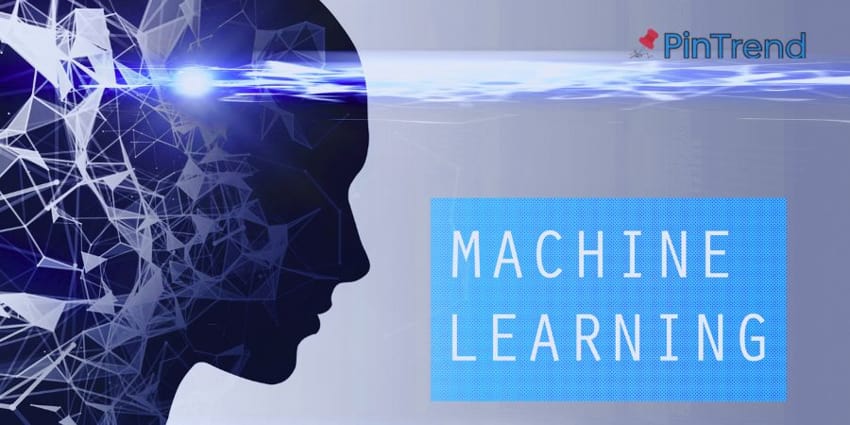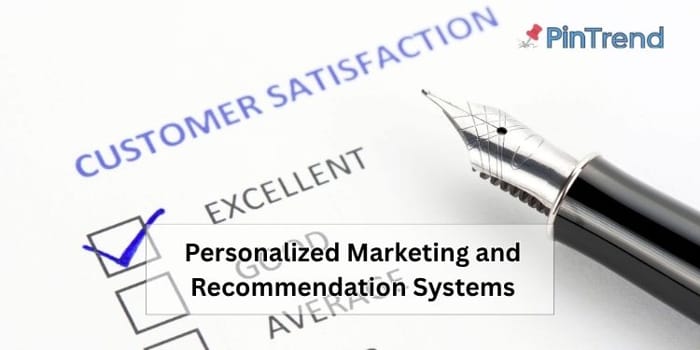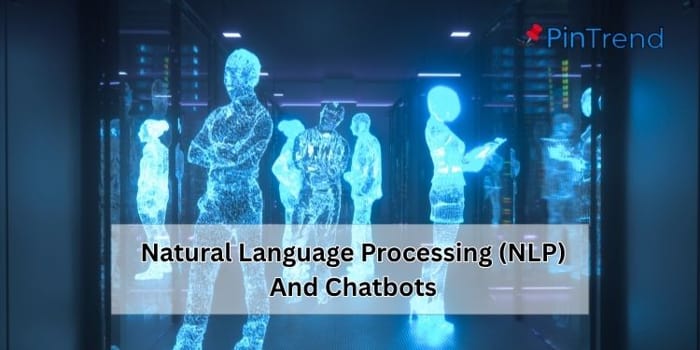Introduction
Machine learning (ML) is no longer just a buzzword — in 2025, it’s the driving force behind innovation across every industry. From AI-powered healthcare diagnostics and autonomous vehicles to predictive analytics in business, machine learning is redefining how humans interact with technology. Companies like Google, Tesla, Amazon, and IBM now use intelligent algorithms to automate decisions, personalize experiences, and solve complex global problems faster than ever. In this article, we’ll explore the top 10 machine learning applications transforming 2025, featuring real-world examples that show how ML is shaping the next era of digital intelligence and changing the way we live, work, and connect.

1. Healthcare Diagnostics and Drug Discovery
Machine learning is saving lives by improving diagnostic accuracy and accelerating drug development. ML models process vast datasets — from X-rays to genomic sequences — identifying patterns invisible to human eyes.
How Machine Learning Enhances Medical Diagnosis
AI-driven imaging systems now detect tumors, fractures, and neurological disorders faster and more accurately than traditional tools. Hospitals use predictive analytics to assess patient risks and recommend preventive care.
Real Example:
Google’s DeepMind AI predicts breast cancer risks five years earlier than standard screening. Pfizer uses ML to optimize drug discovery, cutting clinical testing time by 30% and saving millions in R&D costs.
Key Benefits:
1. Early disease detection
2. Predictive patient care
3. Reduced drug development cycles
Healthcare in 2025 relies heavily on AI in healthcare to improve diagnosis speed and accuracy. Hospitals use machine learning for diagnostics to detect diseases earlier and assist doctors in decision-making.
With predictive healthcare models, medical teams can forecast patient outcomes and customize treatments. Meanwhile, medical imaging AI analyzes scans in seconds, helping specialists identify conditions that traditional methods might miss.

2. Autonomous Vehicles and Smart Mobility
The automotive world depends on machine learning algorithms for navigation, object recognition, and decision-making.
How AI Powers Self-Driving Cars
ML systems in autonomous vehicles learn from millions of miles of road data, analyzing traffic patterns and human behavior to make safer driving choices.
Real Example:
Tesla Autopilot and Waymo process terabytes of visual and sensor data daily, improving reaction time and safety. Cruise uses reinforcement learning to make vehicles more adaptive in unpredictable conditions.
What’s New in 2025:
1. AI-powered traffic prediction reduces urban congestion.
2. Predictive maintenance cuts operational costs for fleets.
The transportation industry now runs on machine learning in transportation, driving innovations in self-driving cars 2025 and beyond. Companies use AI mobility systems to improve driving precision, enhance passenger safety, and predict vehicle maintenance needs before breakdowns occur.
Cities also depend on smart traffic management powered by AI to reduce congestion, shorten commute times, and create smoother mobility experiences for everyone.
3. Financial Fraud Detection and Risk Analysis
Machine learning has become the financial sector’s strongest defense line against fraud and money laundering.
Real-Time Fraud Detection in Fintech
By analyzing massive transaction streams, ML systems detect anomalies in milliseconds — preventing financial loss before it happens.
Real Example:
PayPal and Mastercard use ML-based fraud detection to analyze millions of transactions per second, reducing false positives while catching fraud with over 95% accuracy.
Predictive Analytics for Credit and Risk
Banks now apply ML to assess creditworthiness, forecast loan defaults, and manage investment risks with precision.
Key Benefits:
1. Fraud prevention and anomaly detection
2. Smarter credit scoring
3. Improved regulatory compliance
Banks and fintech startups now rely on AI in finance to handle complex operations with precision. With fraud detection algorithms, financial institutions catch suspicious transactions before they cause damage.
Machine learning in fintech improves credit scoring, automates risk assessments, and speeds up decision-making. Meanwhile, financial analytics tools turn massive datasets into real-time insights that help investors and analysts make smarter moves.
4. Personalized Marketing and Recommendation Systems
In 2025, personalization drives marketing success — and machine learning is the brain behind it.
How ML Enhances Customer Experience
Machine learning tracks user behavior, interests, and emotions, tailoring recommendations to each customer in real time.
Real Example:
Netflix’s algorithm helps retain millions of users by suggesting shows that match personal tastes. Amazon’s product recommendations increase sales conversions by up to 35%, while Spotify’s AI playlists boost listener engagement worldwide.

ML in Advertising and Dynamic Pricing
Marketers use AI-driven models for predictive audience targeting and real-time ad bidding, ensuring better ROI.
Applications:
1. Product and content recommendations
2. Dynamic pricing strategies
3. Sentiment analysis for brand perception
Marketers in 2025 use AI in marketing to understand their audiences better than ever. Through machine learning personalization, brands tailor campaigns to match individual preferences in real time.
Recommendation algorithms boost engagement by suggesting products people actually want, while customer data analytics reveal insights that drive smarter decisions and higher conversions.
5. Cybersecurity Threat Detection
Cyberattacks evolve daily, but machine learning-powered cybersecurity evolves even faster.
How ML Protects Digital Infrastructure
AI systems continuously monitor traffic, user behavior, and device activity to detect abnormal patterns that signal intrusions.
Real Example:
Darktrace uses ML to create “digital immune systems” capable of identifying and neutralizing threats instantly. These systems adapt automatically, learning from new attack data without human intervention.
AI for Predictive Threat Modeling
Predictive models simulate potential attacks before they happen, giving companies time to reinforce weak points.
Impact:
1. Real-time breach detection
2. Reduced false alarms
3. Stronger network resilience
Cybersecurity teams across the U.S. use AI in cybersecurity to stay ahead of evolving threats. With machine learning threat detection, systems identify unusual behavior and block attacks in real time.
Digital defense systems powered by AI analyze massive data streams to uncover hidden risks, while cyber risk analytics help businesses strengthen their security posture before hackers strike.
6. Smart Manufacturing and Predictive Maintenance
Factories have become smarter, leaner, and more autonomous thanks to machine learning.
AI-Driven Process Optimization
Machine learning models analyze production data to minimize waste and improve efficiency.
Real Example:
Siemens employs ML to predict equipment failures, cutting downtime by 40% and extending machine lifespan. GE uses AI sensors for real-time quality inspection, catching defects before they reach the assembly line.
Predictive Maintenance in Industry 4.0
AI predicts mechanical failures using sensor data, ensuring maintenance happens only when needed — not after costly breakdowns.
Key Benefits:
1. Reduced operational costs
2. Fewer machine failures
3. Streamlined production
Manufacturers across the U.S. are adopting machine learning in manufacturing to boost efficiency and reduce downtime. With predictive maintenance AI, they detect potential equipment issues before failures occur.
Industrial automation powered by smart algorithms improves production speed, while AI quality control ensures every product meets the highest standards.
7. Natural Language Processing (NLP) and Chatbots
Language understanding has evolved dramatically thanks to machine learning and NLP models.
Conversational AI in Customer Service
Chatbots now handle complex tasks — from troubleshooting issues to processing payments — with human-like precision.
Real Example:
OpenAI’s GPT-5 models and Google Gemini power enterprise chatbots, automating over 60% of global support tickets in 2025.

AI in Translation and Sentiment Analysis
Brands use NLP to translate text, analyze sentiment, and detect trends in customer feedback with unmatched accuracy.
Use Cases:
1. 24/7 conversational support
2. Automated translation systems
3. Emotion and tone recognition
In 2025, NLP chatbots and conversational AI are redefining how people interact with technology. Businesses use machine learning in communication to create smarter, more human-like conversations.
With advances in AI text generation, these systems now understand tone, intent, and context — making digital communication faster and more personal.
8. Retail Demand Forecasting and Inventory Optimization
Retailers depend on machine learning to predict consumer trends and manage inventory efficiently.
AI-Powered Supply Chain Management
ML models analyze weather, holidays, and purchasing trends to predict what customers will buy next.
Real Example:
Walmart and Target apply predictive AI to inventory systems, reducing stockouts by 25% and cutting excess storage costs.
AI for Customer Insights
Machine learning identifies hidden purchase patterns and optimizes pricing to improve customer satisfaction.
Key Benefits:
1. Accurate demand forecasting
2. Better inventory turnover
3. Optimized supply chain decisions
Machine learning is transforming retail operations across the U.S. With AI in retail, companies now rely on predictive analytics in sales and demand forecasting AI to anticipate customer needs. By using machine learning in the supply chain, retailers optimize inventory, reduce waste, and deliver a smoother shopping experience.
9. Climate Change and Environmental Protection
Machine learning has become a critical ally in the fight against climate change.
AI for Environmental Monitoring
From tracking deforestation to predicting natural disasters, ML models help governments and NGOs make smarter environmental decisions.
Real Example:
IBM’s Green Horizon Project forecasts pollution and suggests emission control policies. Google Earth Engine uses AI to monitor deforestation and glacier melting trends in real time.

Renewable Energy Optimization
AI algorithms now balance solar and wind power usage based on weather forecasts and grid demand, maximizing energy efficiency.
Impact:
1. Improved sustainability
2. Early detection of environmental risks
3. Smarter energy distribution
Machine learning also supports AI for sustainability and environmental ML applications that improve climate modeling and drive advancements in green technology.
10. Education and Adaptive Learning Systems
Education is becoming more personalized thanks to machine learning’s ability to tailor content for every learner.
Personalized Learning Paths
AI tracks student progress and adjusts lesson difficulty automatically, keeping learners motivated.
Real Example:
Duolingo and Coursera use ML to adapt to learner performance, increasing engagement by 40% and improving completion rates.
Automation in Academic Assessment
Machine learning tools now grade essays, detect plagiarism, and even generate personalized feedback.
Key Benefits:
1. Adaptive learning models
2. Efficient grading automation
3. Real-time student insights
Machine learning is powering a new wave of AI in education, helping schools and platforms use adaptive learning technology to personalize every lesson. With machine learning in EdTech, students receive personalized study tools that adjust in real time — improving engagement, retention, and overall learning outcomes.
Future Outlook: What’s Next for Machine Learning in 2025 and Beyond
By 2025, machine learning applications will expand into law, agriculture, logistics, and entertainment — pushing automation to new levels.
Emerging Trends to Watch
1. AI-driven content creation for marketing and media
2. Quantum machine learning enabling faster, more complex computations
3. Ethical AI frameworks promoting transparency and fairness
Machine learning isn’t replacing humans — it’s amplifying human creativity and decision-making across every field.
Conclusion:
From healthcare breakthroughs to self-driving innovations and AI-powered cybersecurity, machine learning in 2025 continues to reshape every major industry. Companies now rely on predictive analytics and automation to make faster decisions, improve efficiency, and create better human experiences.
The top 10 machine learning applications transforming 2025 reveal how data and intelligence combine to build a smarter, more sustainable future. As artificial intelligence technology evolves, it’s clear that machine learning isn’t just shaping tomorrow — it’s redefining how the world works today.
Frequently Asked Questions
What are the top applications of machine learning in 2025?
Machine learning drives innovation in healthcare, finance, autonomous vehicles, cybersecurity, and retail. These applications help automate decisions, predict outcomes, and enhance user experiences worldwide.
How is machine learning used in everyday life?
You use machine learning daily through Netflix recommendations, voice assistants, fraud detection, email spam filters, and AI-driven navigation apps like Google Maps.
Why is machine learning important in 2025?
Machine learning enables smarter automation, data-driven predictions, and personalized solutions across industries — making technology more efficient and intelligent.
What are real-world examples of machine learning in 2025?
In 2025, Google uses ML for healthcare diagnostics, Tesla for self-driving cars, Amazon for recommendations, and IBM for climate prediction — transforming how we live and work.
What is the future of machine learning beyond 2025?
Machine learning will evolve with quantum computing, ethical AI, and next-gen automation across law, education, and sustainability sectors.


